
Xixia Museum
The Xi Xia Museum is the first museum in China dedicated to the history of the Xixia Dynasty (1038 – 1227).

Liupan Mountain Red Army Long March Tourist Area, Ningxia Hui autonomous region
Liupan Mountain, located in the south of Ningxia Hui autonomous region, Northwest China, is a vital water conservation forest on the western Loess Plateau.
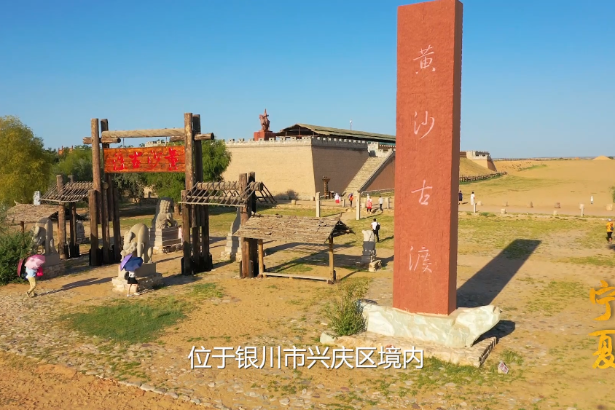
The 21 scenic sites of Ningxia: Desert Pearl
Getting on the viewing platform, which is the highest site in the eco-tourism scenic spot of the Desert Pearl, you can see the whole of the Yellow River wetlands.
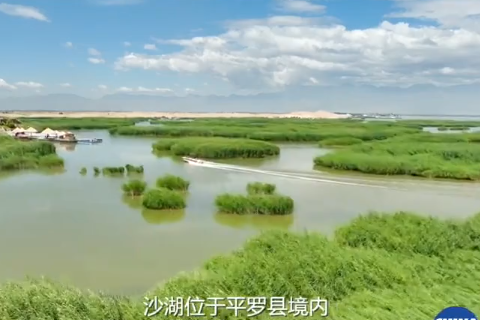
The 21 scenic sites of Ningxia: the Sand Lake
The Sand Lake in Ningxia is an important transfer station for the migration of migratory birds in Central Asia.
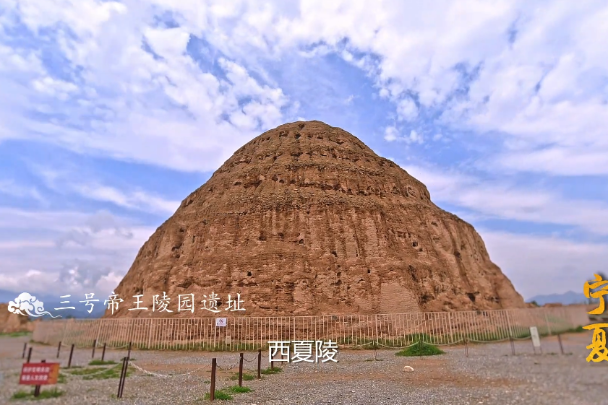
The 21 scenic sites of Ningxia: the Western Xia Mausoleums
Located at the foot of Helan Mountain in Yinchuan, the capital city of Ningxia, the Western Xia Mausoleums are the largest and best-preserved historic relics of the Western Xia Empire (1038-1227).

The 21 scenic sites of Ningxia: ancient Silk Road in Ningxia
The Xiaoguan trade route was an important passageway along the ancient Silk Road in Ningxia, and was favored by merchants due to its flat terrain and convenient transport.
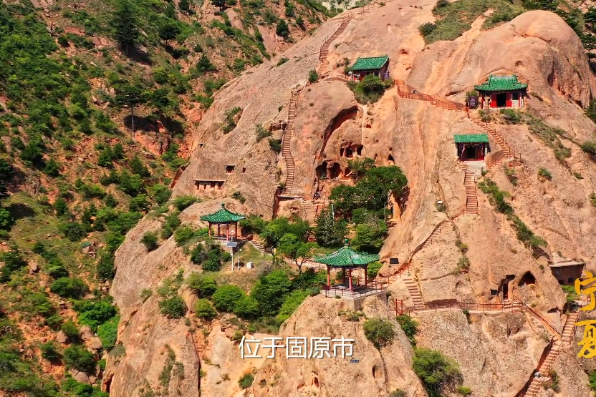
The 21 scenic sites of Ningxia: Xumi Grottoes
The Xumi Grottoes in Ningxia have a history of more than 1,500 years and are one of the top ten grottoes in China. Click the video to join the journey here.

The 21 scenic sites of Ningxia: ancient irrigation canal
The project to divert water from the Yellow River for irrigation in Ningxia covers an area of 8,600 square meters, and is one of the four main ancient irrigation areas of China.
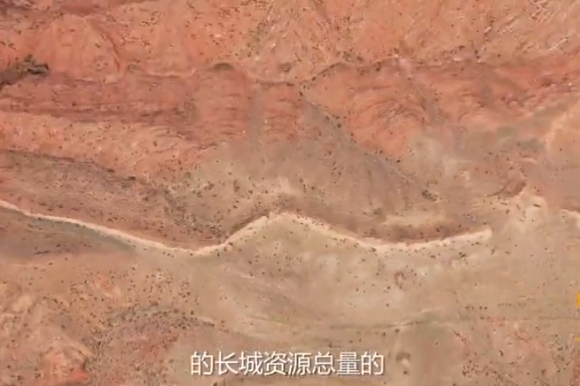
The 21 scenic sites of Ningxia: ‘Great Wall Museum’
The site of the Great Wall in Ningxia has a total length of over 1,500 kilometers and is known as the "Great Wall Museum".


